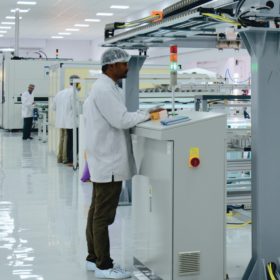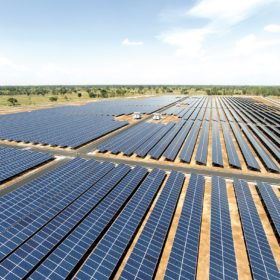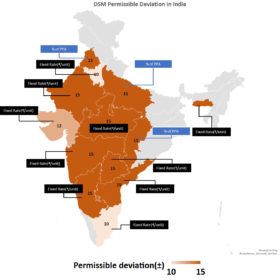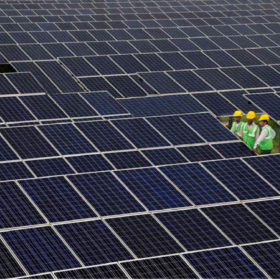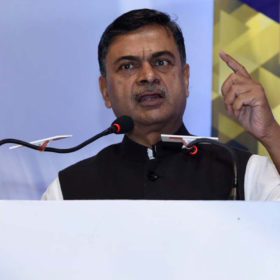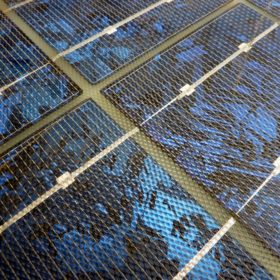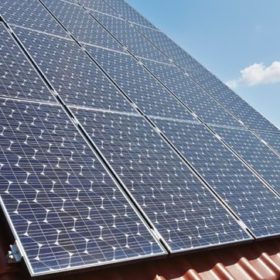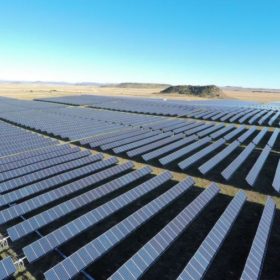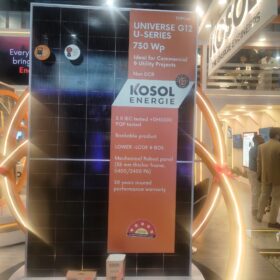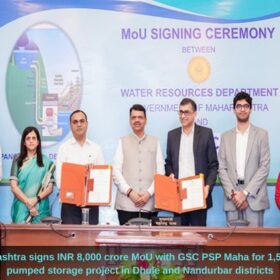Hearing about solar cell safeguarding duty on Friday
The Directorate-General of Trade Remedies has called a meeting of concerned parties as it considers whether to extend the duty on solar cells.
India’s renewable energy revolution serves as a model for the world
The country—aiming for a renewable power target of 450 GW by 2030—has emerged as the world’s largest and most competitive clean energy auction market.
Sterling and Wilson bags 194 MW solar project in USA
The PV plant—the EPC provider’s largest in USA—will use bifacial modules and likely be commissioned by November 2021.
One Nation, One Sun, One DSM
The government needs to rationalize and ensure uniformity of Deviation Settlement Mechanism (DSM) regulations across the country for the seamless integration of renewable energy.
Avaada Energy to set up 350 MW solar plant in Maharashtra
The electricity generated will be supplied to Maharashtra State Electricity Distribution Co Ltd (MSEDCL) under a 25-year power purchase agreement.
Solar panel imports to face 20-25% customs duty from August
The levy on modules will then almost double to 40% within a year and cells will see a similar rise, from an initial rate of 15%.
CEL opens tender for supply of 2 million solar cells
July 9 is the deadline to bid for supply of five-busbar, multicrystalline ‘PERC’ solar cells with an efficiency of minimum 19.60%.
REIL tenders residential rooftop solar in Bihar
Bids are invited to set up an aggregate 1 MW grid-connected rooftop solar capacity in residential sector across various locations in Bihar. The projects—in sizes of 1 kW to 10 kW and beyond 10 kW—are to be set up in turnkey mode. Bidding closes on July 8.
NTPC gets 500 MW solar project management contract from Mali
After a 285 MW award from Togo, this is the second such overseas contract for the state-owned power producer which aims to anchor 10 GW of solar parks in ISA member countries over two years.
Financing solar projects amid the Covid-19 crisis – thinktank interview
Vaibhav Pratap Singh, senior analyst at the CEEW Centre for Energy Finance, tells pv magazine about the impact of the Covid-19 pandemic on the Indian solar sector, green finance and investment down the line.
